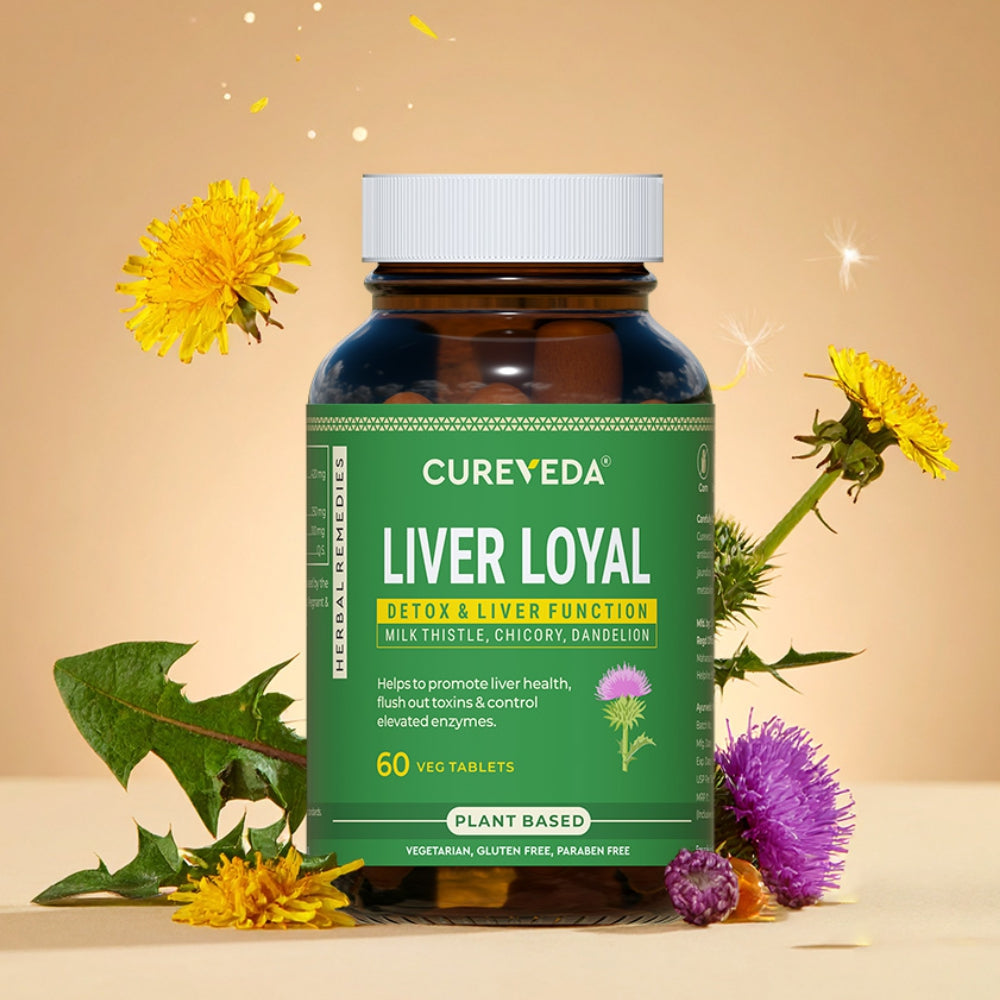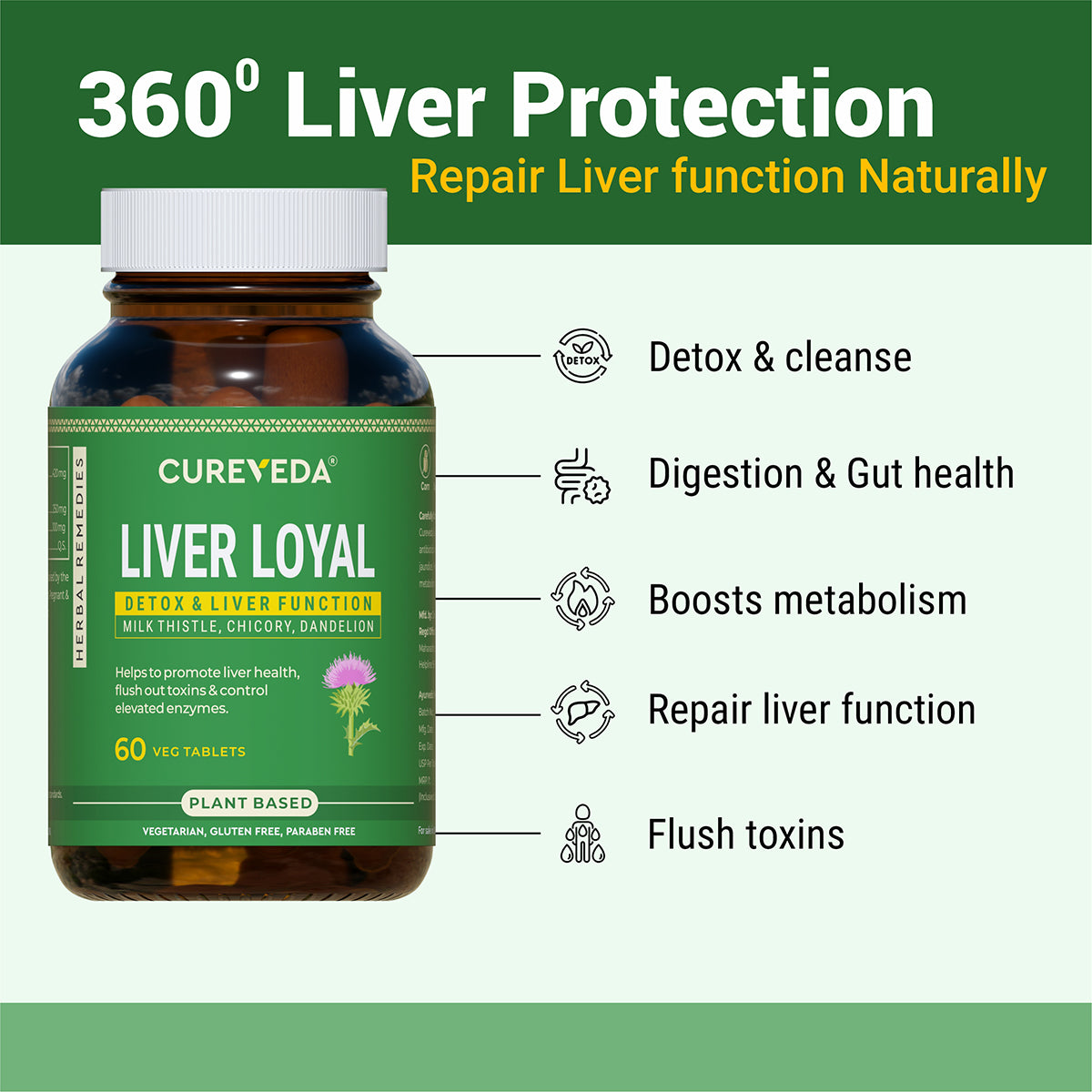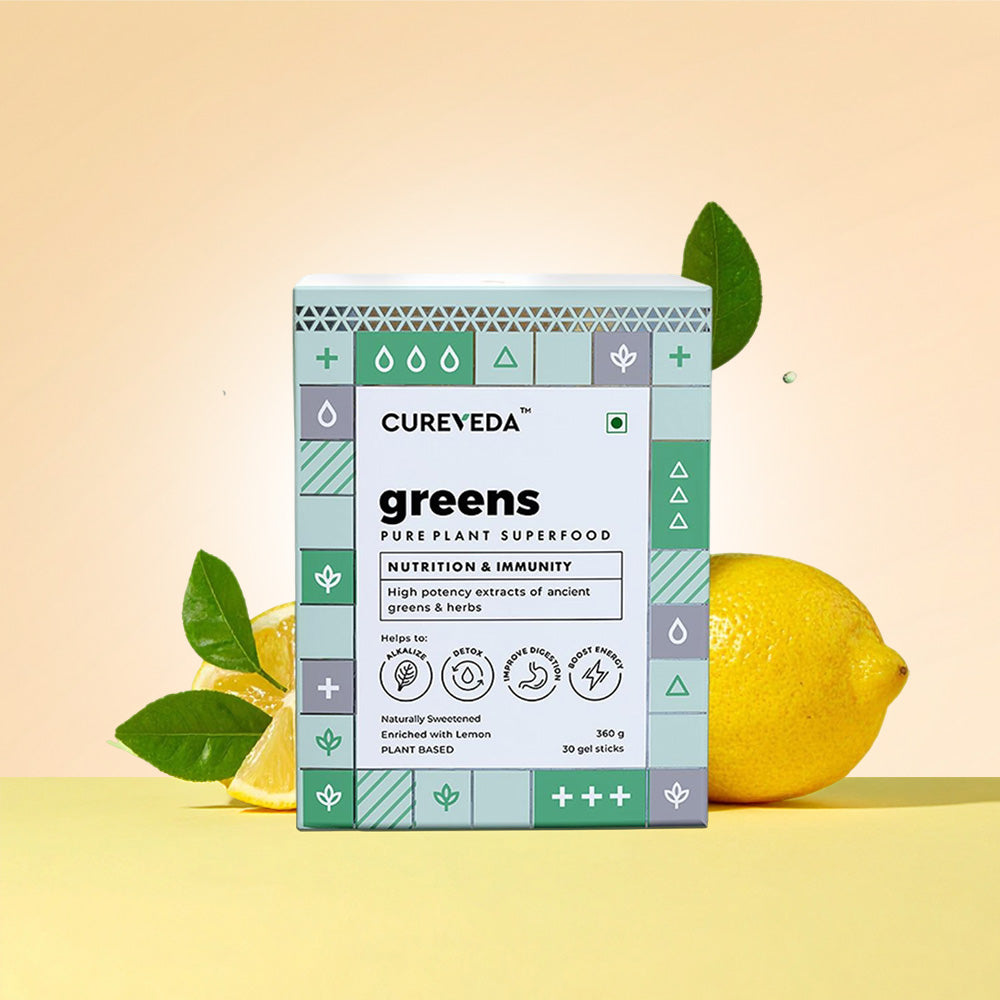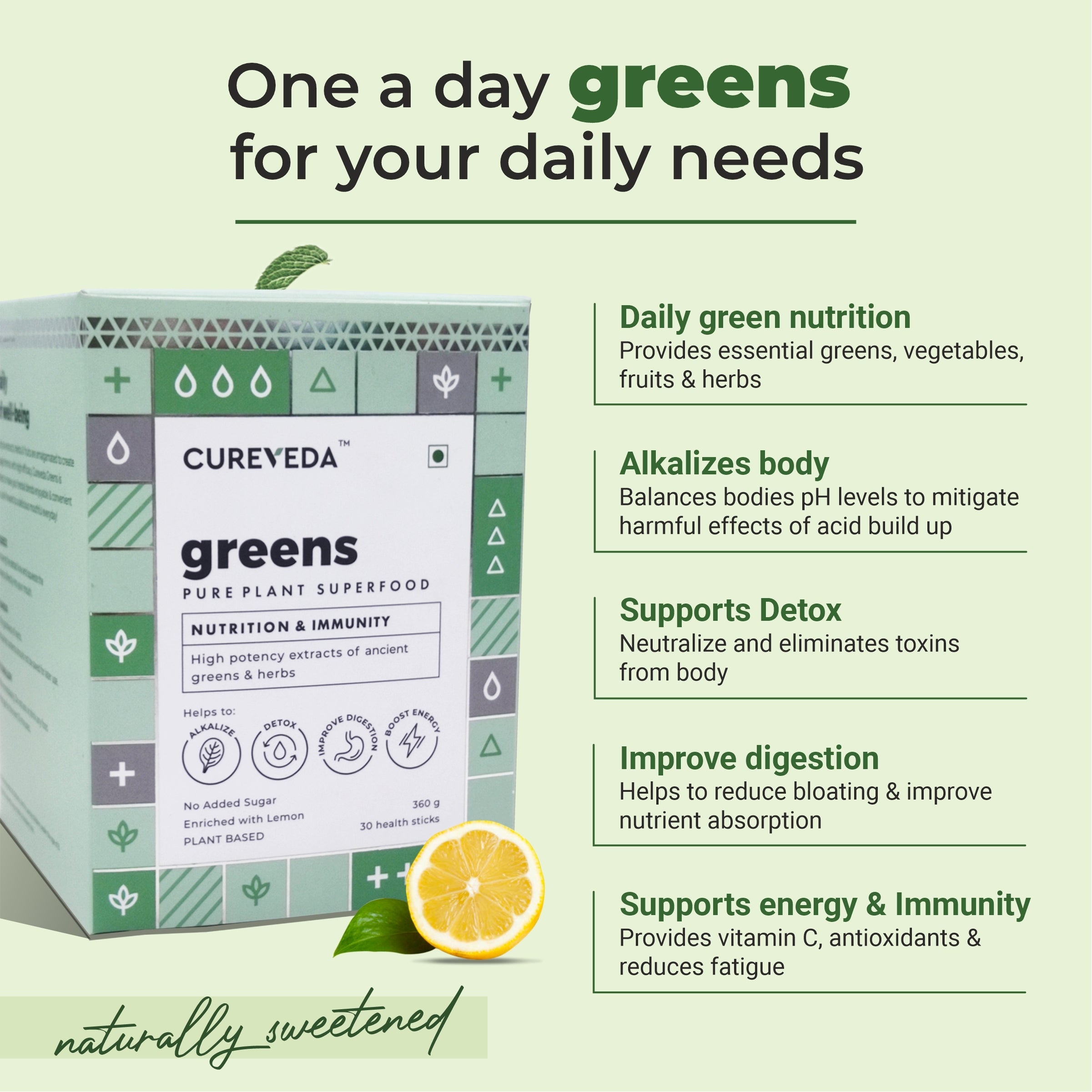Jaundice | Jaundice Treatment | Chronic Jaundice
Jaundice
Author: Dr. Veena
Jaundice: A yellowish pigmentation of the skin, tissues, and certain body fluids, caused by the deposition of bile pigments that follows interference with the normal production and discharge of bile (as in certain liver diseases) or excessive breakdown of red blood cells (as after internal hemorrhage or in various hemolytic states). This condition is also called Icterus. Jaundice can be a symptom of any disease or abnormal condition characterized by jaundice, such as hepatitis A or leptospirosis.
The liver plays a central role in bilirubin metabolism and is responsible for bile production. Bile is a yellow or greenish viscous alkaline fluid secreted by the liver and passed into the duodenum, where it aids especially in the emulsification and absorption of fats. Between 425 and 510 μmol (250-300 mg) of unconjugated bilirubin is produced from the catabolism of them every day. Bilirubin in the blood is normally almost all unconjugated and, because it is not water-soluble, is bound to albumin and does not pass into the urine.
The degree of elevation of bilirubin reflects the degree of liver damage. A raised bilirubin often occurs earlier in the natural history of biliary disease.
Causes
In a patient with jaundice, it is useful to consider whether the cause might be pre-hepatic, hepatic, or post-hepatic. The liver plays an important role in removing bilirubin from the body. If the liver is unable to do so for some reason, bilirubin accumulates, causing jaundice.
Chronic jaundice is usually detectable clinically when the plasma bilirubin exceeds 50 µmol/L (3 mg/dL). Common causes of jaundice include chronic hepatitis C, chronic hepatitis B, hemochromatosis, fatty liver disease, alcoholic hepatitis, autoimmune hepatitis, non-alcoholic steatohepatitis, Wilson’s disease, drugs (e.g., paracetamol), acute viral hepatitis, autoimmune liver disease, ischemic liver, toxins, a flare of chronic hepatitis B, blockage of the bile duct, and factors such as fear, anger, and stress.
Types of Jaundice
Pre-Hepatic Jaundice: Caused either by hemolysis or by congenital hyperbilirubinemia and characterized by an isolated raised bilirubin level.
Hepatocellular Jaundice: Results from an inability of the liver to transport bilirubin across the hepatocyte into the bile.
Obstructive (Cholestatic) Jaundice: May be caused by the failure of hepatocytes to initiate bile flow, obstruction of bile flow in the bile ducts or portal tracts, or obstruction of bile flow in the extrahepatic bile ducts between the porta hepatis and the papilla of Vater.
Symptoms
- Yellowing of skin, eyes, tongue, and urine
- Debility
- Headache
- Fever
- Loss of appetite
- Drowsiness
- Flatulence
- Indigestion
- Nausea
- Tenderness and pain in the liver area
- Weight loss
- Excessive thirst
- Abdominal discomfort
- Pale stools
Herbs for Jaundice
Red Clover, Burdock Root, Dandelion, Milk Thistle, Licorice, Turmeric, Yellow Dock:
- Cichorium endivia extract (HCE): Has a potent hepatoprotective action upon acetaminophen-induced hepatic damage. The hepatoprotective effects of HCE may be due to its antioxidant and free radical scavenging properties.
References:
- Zeinab H. Kamel, Iman Daw, Mohamed Marzouk
- Wagner H, et al. "Coumestans as the main active principles of the liver drugs Eclipta alba and Wedelia calendulacea." Planta Med. (1986)
-
Singh B, et al. "In vivo hepatoprotective activity of active fraction from ethanolic extract of Eclipta alba leaves." Indian J Physiol Pharmacol. (2001)
- Emblica officinalis (Awala): Studied using a CCl4-induced liver injury model in rats. The extract inhibits hepatotoxicity produced by acute and chronic CCl4 administration, significantly reducing levels of serum and liver enzymes, and may inhibit fibrosis.
Reference: Tasduq SA, et al. ``Hepatoprotective effect of Emblica officinalis extract against CCl4-induced liver injury." Division of Pharmacology and Natural Products Chemistry, Regional Research Laboratory, Jammu, India.
- Terminalia chebula (Haritaki): Clinical trials showed significant reduction in serum cholesterol and triglycerides, with an increase in high-density lipids (HDL) after administering Bala Haritaki.
Reference: Sood and Sharma, "J Res Ayuru Siddha," 2000.
- Tamarix articulate (Jhabuka): Used in treating liver and spleen enlargement and obstruction. Acts as a hepatic stimulant.
- Phyllanthus niruri (Bhumymalaki): Stabilizes hepatocyte membranes and interrupts the release of enzymes from the liver into the blood, showing inhibition of membrane lipid peroxidation and free radical scavenging activity.
Reference: Amin ZA, et al. "Protective role of Phyllanthus niruri extract against thioacetamide-induced liver cirrhosis."
- Boerhaavia diffusa (Punarnava): Possesses hepatoprotective properties against acetaminophen-induced liver damage by enhancing antioxidant defenses and inducing liver cell regeneration.
Reference: Olaleye MT, et al. "Antioxidant activity and hepatoprotective property of leaf extracts of Boerhaavia diffusa Linn against acetaminophen-induced liver damage."
Natural Home Remedies
- If diabetic, barley water should be given.
- Decrease fat intake: avoid mutton, cheese, soybean, pulses, and butter.
- Take a paste of tender papaya leaves with honey twice a day.
- Boiled tomatoes: remove skin, extract juice, and drink twice daily.
- Drink coconut water and pomegranate juice.
- Oxalis-corniculata (Indian sorrel) with buttermilk made from cow's butter is effective for jaundice.
- Juice of bitter vegetables like bitter gourd is very effective.
- Triphala powder (Indian Gooseberry, Bellerica myrobalan, Chebula myrobalan): take as a decoction or powder.
- Beetroot juice mixed with lime juice.
- Mashed ripe banana with honey twice daily.
- Maintain adequate hydration by drinking uncontaminated water.
- Drink a mixture of water and one teaspoon of Curcuma longa (haldi) twice daily.
- Lime juice is advisable.
- Mix ginger and mint juice and drink it.
- Take a rest.
- Drink a mixture of 10-12 Tulsi leaves paste and a cup of radish juice twice daily for 8-10 days.
- Drink sugarcane juice prepared in hygienic conditions.
- Drink coconut water (Nariyal Pani) daily.
- Pigeon pea leaves juice is advisable.
- Consume whole wheat flour, brown rice, spinach, amla, grapes, dried dates, almonds, and cardamom.
- Make a paste of tender papaya leaves with honey and eat it twice daily.
- Chicory plant juice helps relieve liver sluggishness and spleen enlargement.
- Take one teaspoon of glucose in one cup of water thrice a day.
- Picrorrhiza kurroa: Best treatment for jaundice due to its cholagogue nature. Take it as a powder or herbal supplement.
Granthokta Preparation
- Kumari Asav, Arogyavardhuni, Tapyadi Lauha
Avoid
- Oily, spicy food, mustard oil, mustard seeds, preserved food, alcoholic beverages, canned juice, artificial sweeteners, caffeine, food that increases cholesterol, heavy-to-digest food, excessive exercise, seafood, curd, tea, coffee, and tobacco.
Though we have mentioned the quantity of ingredients in some natural home remedies, it is advisable to consult an Ayurvedic physician before use.



 Shop All Products
Shop All Products




